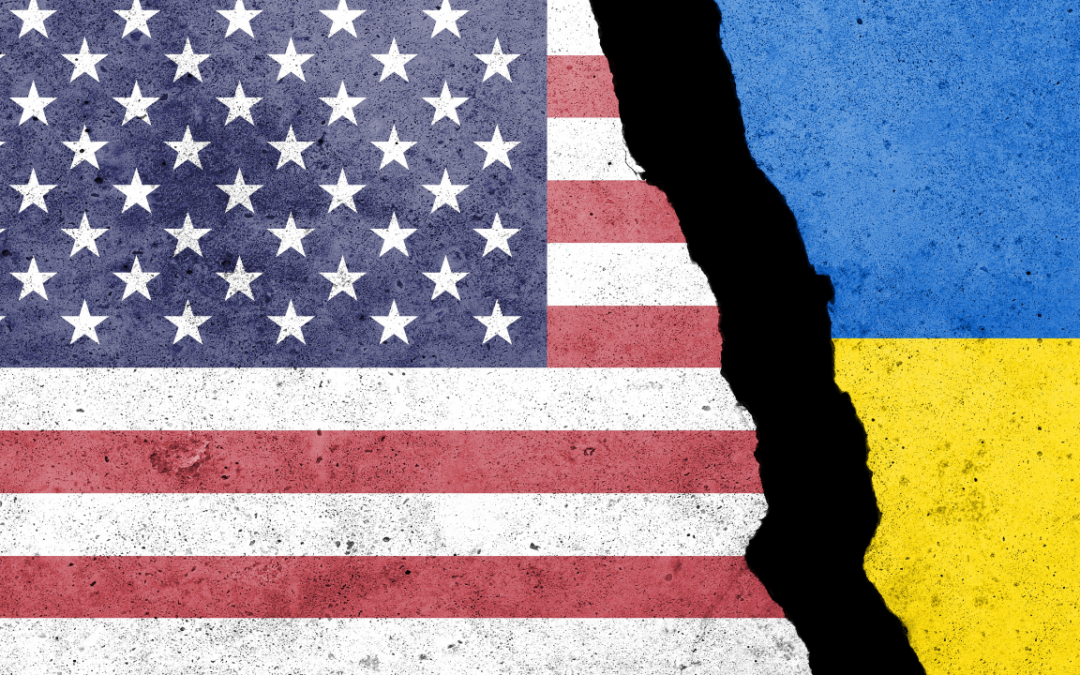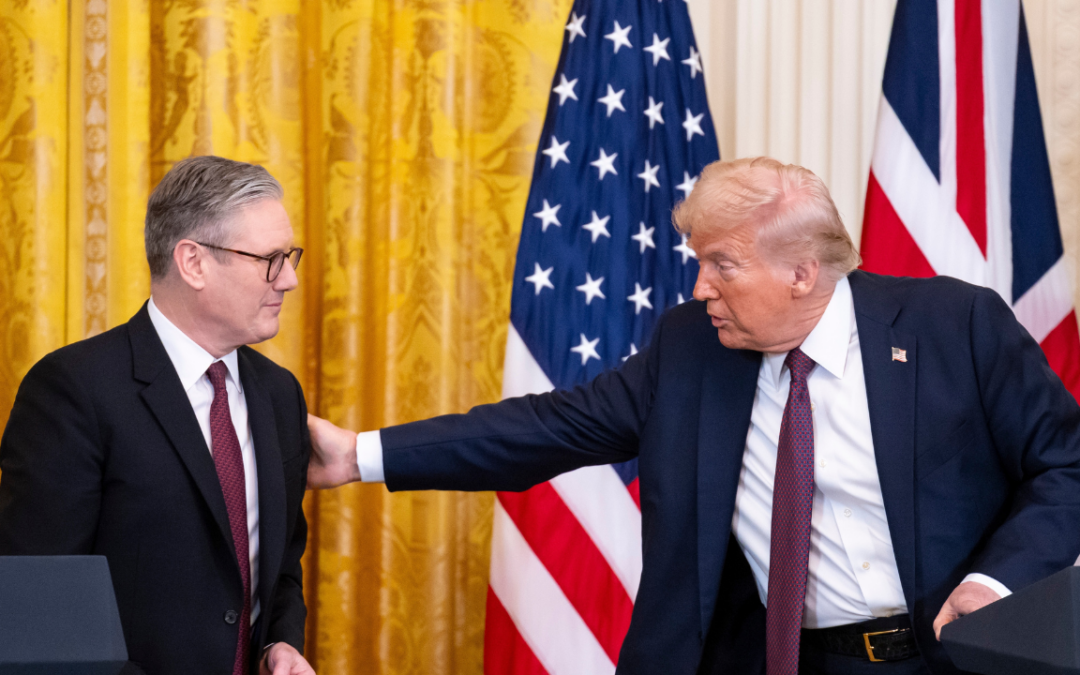In the land of the blind, the one-eyed man is king. That proverb, frequently attributed to Erasmus, is sometimes apt for investors. It particularly applies during simultaneous stock and bond market setbacks. When all else fails, it’s best to hold cash.
So, it feels today. Buffeted by high inflation, signs of weaker growth, earnings disappointments from formerly stalwart information technology giants, and unceasing warfare in Ukraine, investors are growing fearful. Markets are gyrating sharply—up sharply one day, even lower the next. Risk indicators, such as implied equity volatility, are surging toward 12-month highs. Surveys of professional investors indicate optimism is at its lowest levels since the 2008 global financial crisis.
Compounding matters, investors are suffering sharp setbacks in their two largest liquid holdings—stocks and bonds. Year-to-date (in US dollar terms), the MSCI All-World Index has fallen 13% while the Bloomberg Global Aggregate Bond Index has fallen 8%. Traditional ‘balanced portfolios’—textbook models of diversification—provide no refuge when both stocks and bonds are slumping. In times like these, stocks and bonds are the blind leading the blind through perilous territory.
In that case, cash is the least bad option. But it isn’t great. Thanks to surging inflation, holders of cash in the US or Europe are staring at annualized declines in purchasing power of 7-8%. At least that’s not as bad as fiat currency’s latest rival, cryptocurrencies. Bitcoin has plunged 20% since January 1, 2022.
So, cash is the one-eyed king, albeit one with blurry vision.
But not all cash is the same. The economic and geopolitical events battering the world economy are producing asymmetric country impacts. Countries are experiencing common shocks, but the economic, financial and policy implications vary considerably. Where economies are more prone to inflation, such as in the US or the UK, central banks are initiating aggressive policy responses to tackle it. Elsewhere, including in Japan, China, and the Eurozone, concerns about slowing growth or recession are greater and their central banks are unwilling to follow the Fed. And in the case of China, the potential economic damage stemming from its lockdown Covid policies now necessitates policy easing.
Meanwhile, Europe is ramping up spending on energy security and national defense, while in the US fiscal policy is shifting to neutral or even tighter as Covid-related spending surges of the past two years fade.
The upshot is that for the first time in nearly twenty years, monetary and fiscal policy divergence is emerging worldwide. Divergent policy expectations, in turn, are generating big moves in exchange rates. A whole generation of investors and financiers have never experienced such divergence.
For example, over the past six months, as market participants have begun to anticipate aggressive Fed tightening, the dollar has surged on global foreign exchange markets. The trade-weighted value of the dollar has advanced 9.7% since November 2021. Over the same time, the dollar is up by 13.7% against the yen and 9.1% against the Euro. More recently, it has risen some 5% against the Chinese renminbi.
The coming week is a momentous one for financial markets. It is packed with key macroeconomic data and a much-anticipated 50 basis point Federal Reserve rate hike, as well as confirmation that the Fed will also initiate a rapid shrinking of its balance sheet.
It might be tempting to conclude that the dollar’s advance will continue. After all, despite accelerating Eurozone inflation, the ECB retains a much more dovish bias, based on legitimate concerns about the economic damage wrought by Russia’s invasion of Ukraine and the growing risk that energy supplies may be in jeopardy. China shows no willingness to adjust its economically damaging zero-Covid policy, while in Japan inflation remains relatively subdued, implying little or no change in its monetary policy.
But as strong as the dollar has been, its ascent may prove short-lived. Volatile markets reflect more than just worries about Fed tightening. Growth concerns are also on the rise. Last week’s unexpected fall in Q1 2022 US GDP owed far more to subtractions from trade and inventories than to a genuine slowing of final demand, but various factors suggest that decelerations in consumer and business spending may not be far behind. Real household incomes are falling and borrowing rates are rising, as is the cost of capital. Foreign demand is apt to weaken and, as noted, fiscal policy is becoming a headwind. Jobless claims or the labor market, which have held up better, may now be lagging indicators, reflecting an unwillingness of firms to part with workers who are in short supply. But if demand weakens, the jobs market will eventually follow.
The bottom line is that markets are right to be nervous. Growth and profits are at risk, yet the Federal Reserve will not easily be deterred from its mission to rein in inflation. That is a nasty combination for both stock and bond investors.
For markets, the land is still of the blind and cash is king. But the US dollar’s prospects are also changing. The dollar has already appreciated strongly and prevailing exchange rates discount not only an aggressive path of Fed interest rate hikes, but also significant economic and policy divergence between the US and other major economies. We’re not so sure things are all that clear. It wouldn’t surprise us if slowing US growth in the second half of 2022 raises doubts about whether the dollar is king cash.
Visibility is apt to get a bit cloudier for the one-eyed monarch.



